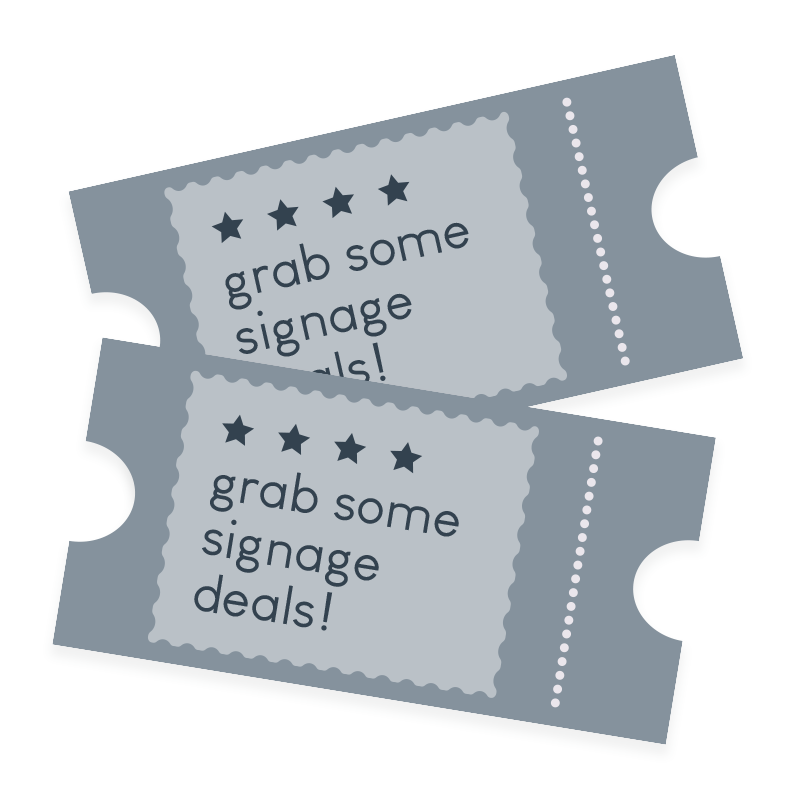
23 Mar 8 Steps to Writing a Good Blog
8 Steps to writing a ‘good’ blog
We get lots of clients telling us they’re writing blogs –which we love! But often they’re unsure if they’re doing it ‘right’. So we’ve put down 8 steps that help make a ‘good’ blog so you know if you’re on the right track. Check out these steps the next time you write a blog – or even edit some old ones!
- Before writing, define your goals
What is the purpose of your business and how is this reflected in your blog? There could be a number of reasons such as:
- To drive foot traffic to your shop
- Increase sales or generate leads
- Educate clients on what you do
- Update your clients on changes
- Connect with other local business
- Build your brand
By coming up with a singular goal or purpose, you will always have a key message to refer to while writing your blog – this will serve as a great reminder when you get stuck in the middle of writing your blog.
- Think about your audience or market
- When and where does your audience go online or social media?
- What problems do they generally face?
- What sort of content do you think they’d enjoy?
Think about your audience, their demographics, their motivations and help them by adding value to their day.
- Build good content
This isn’t about just ‘writing’ good content. Content is built. It’s structured, assembled and has all the fundamentals right.
That means it will have:
- Proper spelling and grammar
- Research, like case studies, data, and examples
- Media rich, high quality images
- Formatting for skimming, like we discussed earlier
- Make things skimmable
Use blocking, subtitles and bold / italics so that people can quickly skim your blog for the main points and decide if they want to invest time reading.
- Ask yourself – what value am I adding?
Why would people read your blog? What is it that you are giving to them that they find valuable? Is it advice? Is it knowledge? Are you helping them find a solution?
It’s very easy to get ‘we’ centric in a blog, because it’s a great space to promote yourself. However if it’s all about you – your audience might not find it as valuable as they would if you are trying to help them. For example: Do you have a great new product? Awesome! How will it benefit your audience?
- Come up with topic ideas and keywords to target
This is more in depth and involves a little bit of knowledge of how Google Search Engine works. Basically, you want to find out what keywords relate to your article that have high search volumes. Use your keywords in your title, throughout your blog, body, headers, and even in your image caption text. You don’t have to over do it. But do be aware of it.
“Keyword research is a great way to come up with new ideas and opportunities for content, but SEO should not drive your entire content strategy. It should factor in, but not fully control, the topics and message of your content. You may find an opportunity for a specific keyword, but you should then combine that information with your knowledge of your target market and personas to write the best possible content.”– Cara Hogan, content specialist
Pro tip: Google Trends and Google Correlate are great tools to help you see what keywords are popular in your field.
- Use a catchy title
Getting people interested is half the battle, so by using a captivating heading you might find more people will take time to read your blog. The title is usually one of the last steps to creating a blog, once you’ve got your content down and a clear angle developed.
A catchy title should tell your audience how you’re giving them value. A numbered title like this blog ‘5 steps to …’ tells people that the blog will be easy to read and clear to understand. Asking a question or addressing a need are also great ways to capture attention. Steer away from overly formal titles like newspapers that simply relay information, and don’t be too ambiguous with your title unless you have some subtitles to support it. It’s a balance but it gets easier with a little practice!
- Create a calendar
Having a plan for all social media, including blog content is essential for saving time, keeping consistent and being able to promote content around the time of the blog post.
Hopefully you’re feeling a bit more confident about how you approach your blog. If things are still a little blurry, come say hello. One of our TGM team members will be happy to sit down and talk you through your queries.


 grab some signage deals!
grab some signage deals! download our website checklist
download our website checklist